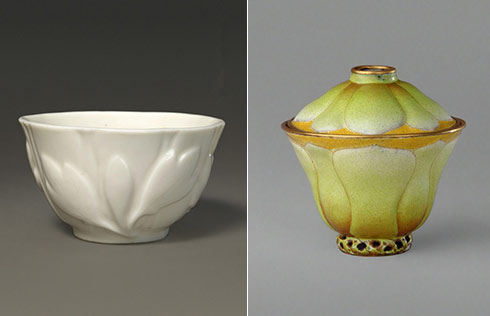In memory of the Khan
 |
|
People offer sacrifices at the annual spring event Tsagaansurek at the Mausoleum of Genghis Khan. [Photo by Wang Kaihao/China Daily] |
Most of the priests appear mysterious and keep solemn faces before the pilgrims, but Erdenesunver, a 38th-generation Darhad, is uncommonly approachable.
"Each family has its own duty covering certain part of the rituals," the 61-year-old retired priest says. "Each has some unique techniques, like singing the song of heaven.
"Our family's duty is to care for the main palace," he continues, although he stops at revealing more details.
According to Erdenesunver, there were 500 families safeguarding the mausoleum when Kublai Khan (1215-94) established eight white yurt palaces and launched the seasonal rituals.
The eight yurts had remained until 1939, when the mausoleum was moved westward to escape possible Japanese invasion. The mausoleum was moved back in 1954 and the current palace, where the yurts are gathered together, was built two years later.
He says there is no written record of the rituals but the rites are passed on through word of mouth, generation to generation. A golden book recording ancient shamanistic odes and anthems, which are sung during the rituals, had been well-preserved until it was lost in the 1960s.
Erdenesunver spent 15 years rummaging among historical files and priests' memoirs before he finally resurrected it in 2007. Public sacrifices gathering representatives from all banners in Ordos during Lunar New Year and Tsagaansurek have also been recovered in recent years, after the tradition was abandoned for decades.
"It is good to see the Darhad has attracted public interest in the traditions again after so long," he says. "I am overjoyed to see visitors from overseas."
Related: Spring rite
The Mausoleum of Genghis Khan turned into a ritual sanctuary recently as pilgrims celebrated the spring sacrifice. More...























